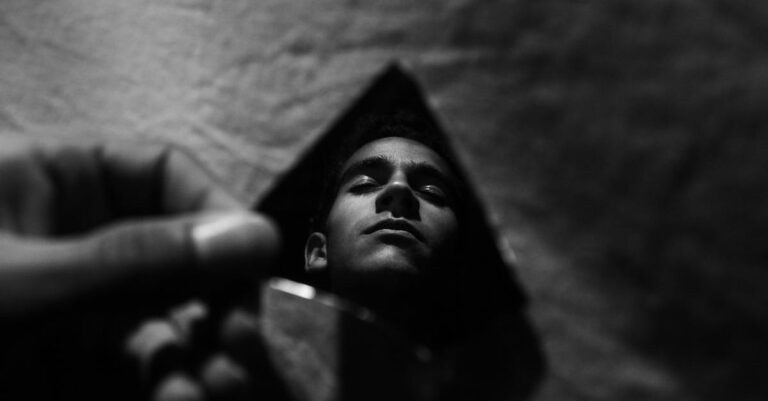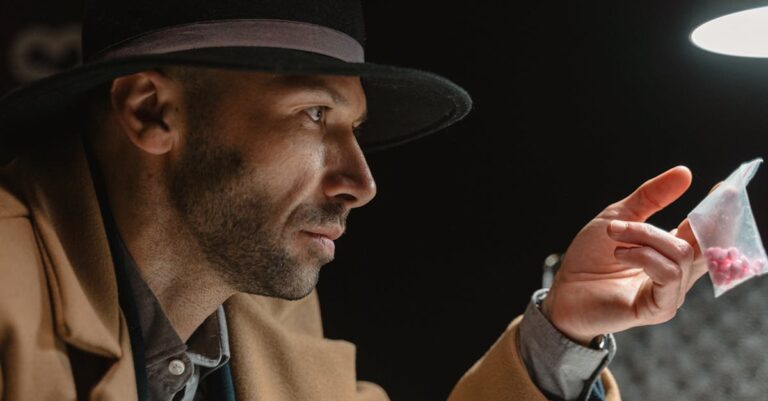
Dr. Elara Voss adjusted the scanner’s electrodes, her gloved fingers trembling as they brushed against the subject’s temple. The machine hummed, a low vibration that seemed to resonate in her bones. Across the sterile lab, Kael sat motionless, his eyes fixed on the flickering screen. His pupils dilated, contracting like a camera’s aperture, and for a heartbeat, Elara thought she saw something shift in his gaze—something not quite human.
“What do you see?” she asked, her voice too steady. She hated how it wavered at the end.
Kael’s lips moved, but no sound came out. His fingers twitched, and the machine’s data stream spiked. Elara’s breath caught as the screen flashed with a cascade of images: a city burning in reverse, a child’s laugh echoing through a void, a mirror reflecting a version of herself with hollow eyes. She stumbled back, her boots scuffing the floor. The lab smelled of antiseptic and ozone, but now it carried something else—something metallic, like blood.
“He’s not just seeing them,” she whispered. “He’s inside them.”
The next morning, Kael was gone. Not missing, just… absent. His cot lay undisturbed, the IV line disconnected. Elara scanned the security footage, but the camera had frozen at 3:17 a.m.—a static image of an empty room. She called the director, her voice tight with urgency.
“We need to shut it down,” she said. “The protocol’s failing. The timelines are bleeding through.”
The director’s reply was a cold chuckle. “You think this is about protocols? This is about precision. You’ve opened a door, Elara. Now you’ll see what’s on the other side.”
That night, Elara found Kael in the sublevel corridor, his back to her, staring at a wall of static. The air was thicker here, charged with an almost audible tension. She stepped closer, and the static resolved into a scene: a child’s room, toys scattered, a window open to a stormy sky. Kael’s reflection in the glass was not his own—his face was younger, his eyes wide with fear.
“You’re not real,” he said without turning. “You’re just another version of me.”
Elara reached for him, but her hand passed through his form. The room dissolved, and she was standing in a hallway lined with mirrors. Each reflection showed a different Kael: one with a scar across his cheek, another with a tattoo of a serpent, a third with no face at all. She felt the weight of their gazes, the pull of their stories. Her own reflection stared back, but it was wrong—her hair was shorter, her eyes darker.
“You’re the one who’s fractured,” she said. “Not me.”
Kael turned, his expression a mix of relief and desperation. “They’re using me to map the fractures. To control them. But I remember things—things I shouldn’t. A lab like this, but worse. A version of you who didn’t stop.”
The walls began to crack, releasing a low, resonant hum. Elara’s ears rang as the mirrors shattered, and she was back in the lab, Kael’s hand gripping her wrist. His touch was solid, real.
“We have to leave,” he said. “Before they come for you too.”
But Elara hesitated. The data—everything she’d learned—could change everything. Or destroy it. She thought of the director’s words, the cold certainty in his voice. This wasn’t exploration. It was control.
“What happens if we run?” she asked.
Kael’s jaw tightened. “They’ll find us. They always do. But maybe… maybe this time, we can break the cycle.”
The lab doors burst open, and figures in white coats flooded in, their faces obscured by masks. Elara grabbed Kael’s hand, and together they ran, the sound of their footsteps echoing through the corridors. The air was thick with static now, and for a moment, she saw it all—the timelines, the fractures, the endless possibilities. She didn’t know if they’d escape or if this was just another version of the same story. But as they disappeared into the chaos, she felt something shift inside her: a resolve, a choice.
She would not be controlled.


